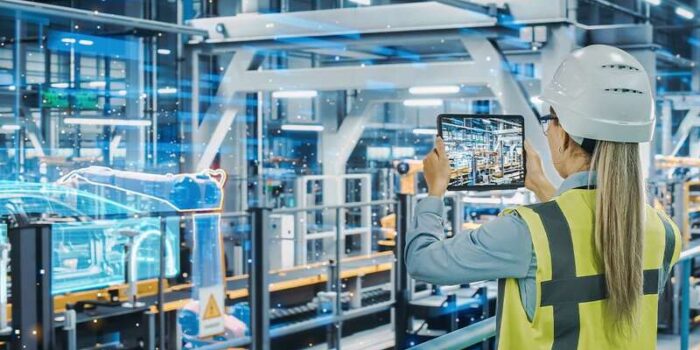Out of an abundance of caution, many shaping industries deals have been held back or abandoned altogether. While M&A activity might remain limited in the very near term. We expect to see it increase dramatically when the path to economic recovery comes into focus.
In the wake of the 2008 financial crisis, a wave of M&A transformed advanced industries—including the automotive, machinery, semiconductor, electronics, aerospace, and defense sectors—and the post2020 wave promises to be larger and more disruptive. Now is the time for a call to action: industrial CEOs need to prepare. This is the moment to lean forward. Shape the future of the industry and set the stage for the next S-curve of innovation, growth, and leadership.
Companies that act boldly, quickly, and decisively improve their odds of outperforming competitors over the long run. They do so by understanding their M&A capacity (“dry powder”). Transforming their approach to value creation, and strengthening their programmatic-M&A muscles. After almost three full quarters of high-speed decision-making. Many shaping industry companies are still in the planning stage. But they must quickly find the conviction to capitalize on the trends shaping the future of the industry, which are only accelerating.
High-performing shaping industries companies have been undergoing a digital transformation for a few years now. But they have been doing so at an uneven pace. Many focus their efforts on specific pilots—for example, using the industrial Internet of Things in factories, digital-thread engineering, and predictive analytics in servicing—giving them the edge in automating processes while delighting customers and moving sales motions online through e-commerce.
With digitization, shaping industries companies in the broader industrial segment could raise revenues and margins by as much as 4 to 7 percent. Which translates to an increase in earnings before interest, taxes, depreciation, and amortization (EBITDA) of up to 9 percent. Successful organizations will reemerge with digital, and speed wired into their companies in and around their products in how they collaborate with and sell to customers.
Over the past two or three decades, supply chains have grown increasingly global. With every link in the chain optimized and little slack tolerated across the system. But the digitization of the supply chain didn’t keep pace. While companies knew their immediate suppliers well. They lacked visibility into the full spans and layers of their suppliers, so they couldn’t see all the potential vulnerabilities.
Calls for serious actions to address the climate crisis are resulting in an intensifying push for energy transition by company stakeholders, industrial leaders, and regulators. Increasingly, customers are seeking out green products, and automotive OEMs are demanding environmentally responsible products from their suppliers. Nations are requiring airlines to reduce their carbon footprints in exchange for governmental support. Spurring additional innovation in the aerospace sector.





